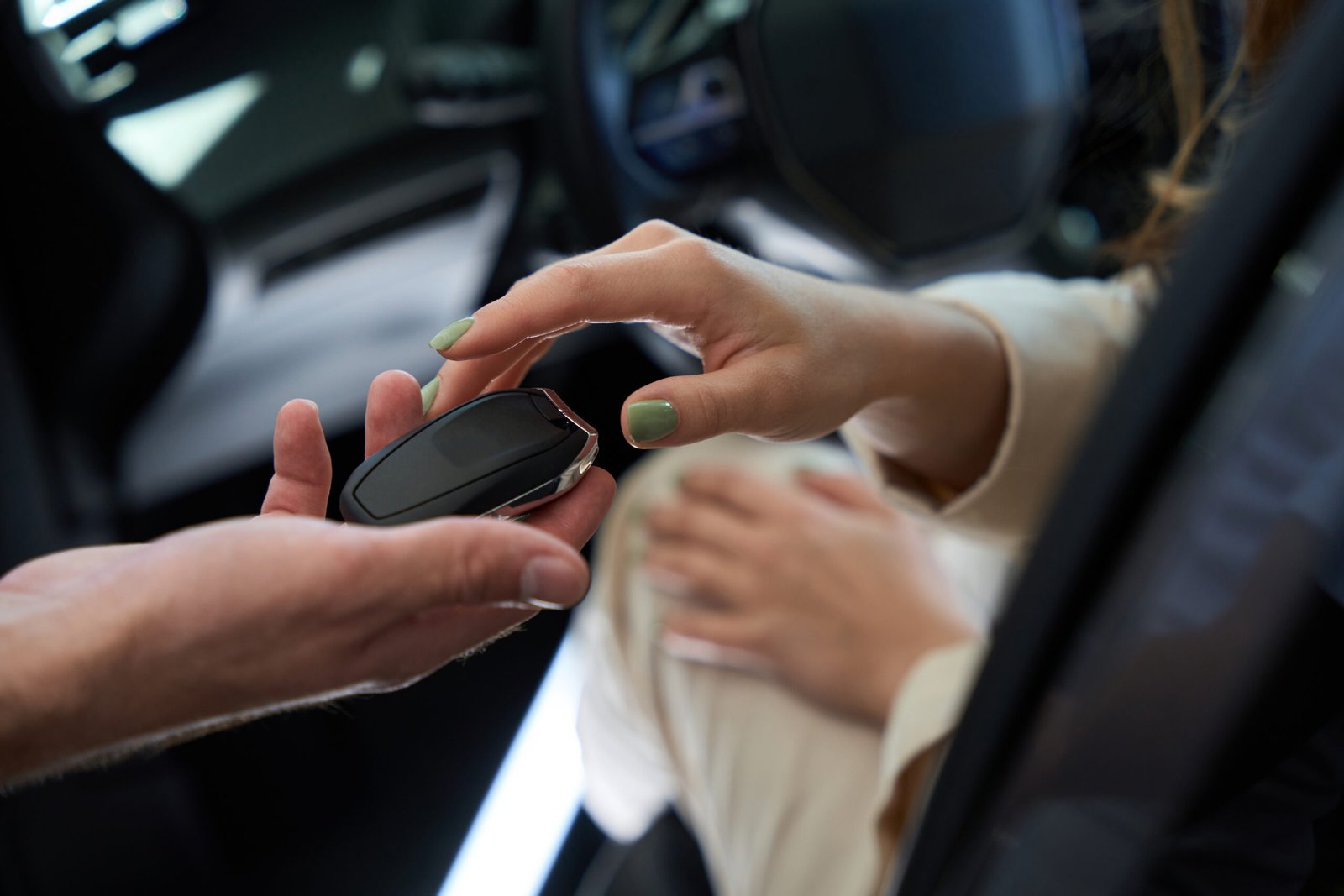What to Do? When Replacing Lost or Damaged RFID Key Fobs.

Losing or damaging your RFID key fob can be a frustrating experience, especially when it’s a critical part of your daily life. Whether it’s for your home or business, an RFID key fob ensures convenient access and security. So, what should you do when faced with this situation? In this guide, we’ll explore the steps to take when replacing lost or damaged RFID key fobs.
Step 1: Report the Loss or Damage
The first and most crucial step is to report the loss or damage of your RFID key fob immediately. Whether it’s for your home or business, notifying the relevant authorities or administrators is essential. This step helps ensure that the lost or damaged key fob is deactivated to prevent unauthorized access.
Step 2: Consult with Your RFID Key Fob Provider
Reach out to your RFID key fob provider or the entity responsible for access control, such as your property manager or security personnel. They will guide you through the process of obtaining a replacement. Be prepared to provide necessary information, such as your identity and proof of ownership or residency.
Step 3: Verify Your Identity
To maintain security, most providers will require you to verify your identity before issuing a replacement RFID key fob. This verification may include presenting identification, confirming personal information, or using other security measures to ensure you are the authorized key fob holder.
Step 4: Pay for Replacement (If Applicable)
In some cases, there may be a fee associated with replacing lost or damaged RFID key fobs. Be prepared to cover the cost, and inquire about any payment methods accepted by your provider. Keep in mind that the fee helps cover the expenses associated with deactivating the old fob and issuing a new one.
Step 5: Program the Replacement Key Fob
Once you’ve obtained your replacement RFID key fob, it’s time to program it. This typically involves syncing the new key fob with the access control system, so it grants you the same level of access as the lost or damaged fob.
Step 6: Safeguard Your New Key Fob
After receiving the replacement RFID key fob, make sure to keep it secure. Consider investing in a key fob holder or a lanyard to prevent future loss or damage.
Step 7: Update Access Permissions
If you’re using the key fob for business access control, remember to update your access permissions. Ensure that your new key fob has the same level of access as the previous one, so you can continue to navigate your workplace seamlessly.
Conclusion
Losing or damaging your RFID key fob may seem like a setback, but following these steps ensures a smooth replacement process. Quick action and cooperation with your key fob provider or security personnel are key to maintaining security and access control. With your new RFID key fob in hand, you can regain the convenience and security it provides for your home or business.
